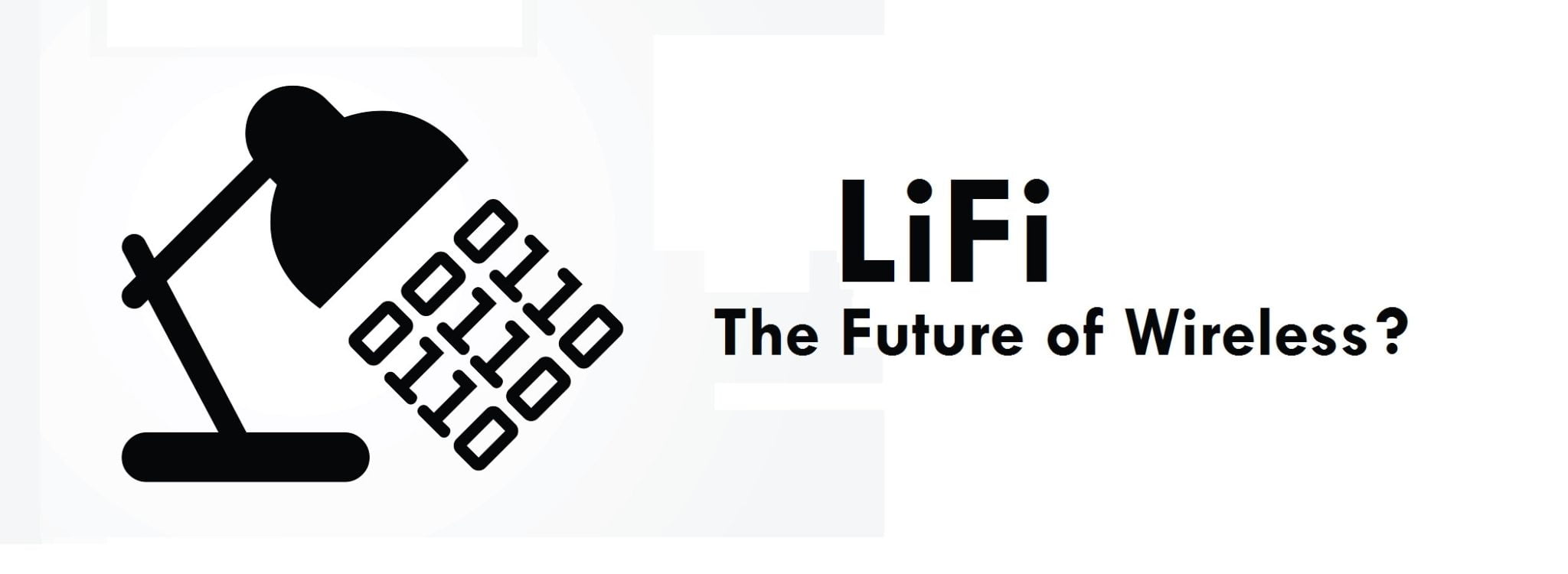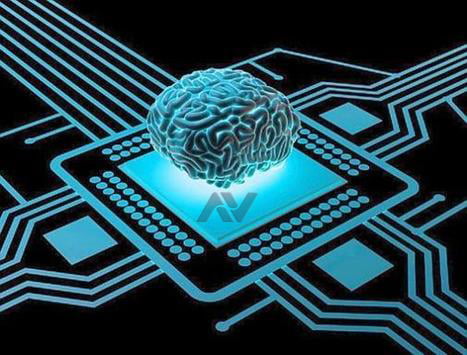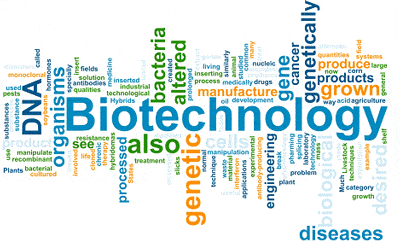Li-Fi (Light Fidelity) – 100x Faster & Secure Than Wi-Fi !

Li-Fi is a Visible Light Communication (VLC) system. Like Wi-Fi, this is a bilateral wireless communication technology. But, where Wi-Fi uses radio waves to transmit data, Li-Fi uses visible light from the LED light bulb planted with a special chip. The data is transmitted on the Li-Fi by modifying light intensity – essentially reducing the light or turning it on and off at very fast speed. Changes are so fast that they are susceptible to human eyes, so this is not infiltration. The Li-Fi test has reached the speed of 224 Gbps, which is much faster than a specific Wi-Fi connection offer. In fact, it’s about 100 times faster. It is now useful but it may be necessary as data demand increases. It is under 224 Gbps speed laboratory conditions; This will slow down in the real world, but can still deliver more speed than 1 Gbps. There is more spectrum available for the use of Li-Fi compared to Wi-Fi because the visible light spectrum is 10,000 times larger than the entire radio frequency spectrum and is irregular so the technology is not required to obtain a license.
This makes it very important for 5G because it requires a large amount of radio spectrum too. With as much as possible to offload many tasks for the Wi-Fi, 5 or more radio spectrum can be freed for use with the UI. Since Li-Fi uses light, it can not travel through the walls, which makes it safer than other wireless data technology. Apart from this, it does not cause electromagnetic interference, so it can be used in sensitive areas such as hospitals and aircraft cabin. It is also efficient and cheap from Wi-Fi because it requires fewer components than radio technology, and green because it reuses existing lighting infrastructure. If you imagine a future in which everyone uses the LED bulb and the Li-Fi is made in all those – desk lights, industrial lighting, streetlights, vehicle lights – you can see that it is easily wider How can it be available in a way that WiFi cannot match? On the basis of availability, the devices can be designed to easily switch between 5G, WiFi and Li-Fi. This light is then obtained by a photosensitive detector and is deposited in electronic form. After that it is converted into a data stream, making it usable for video, audio and other internet functions.



